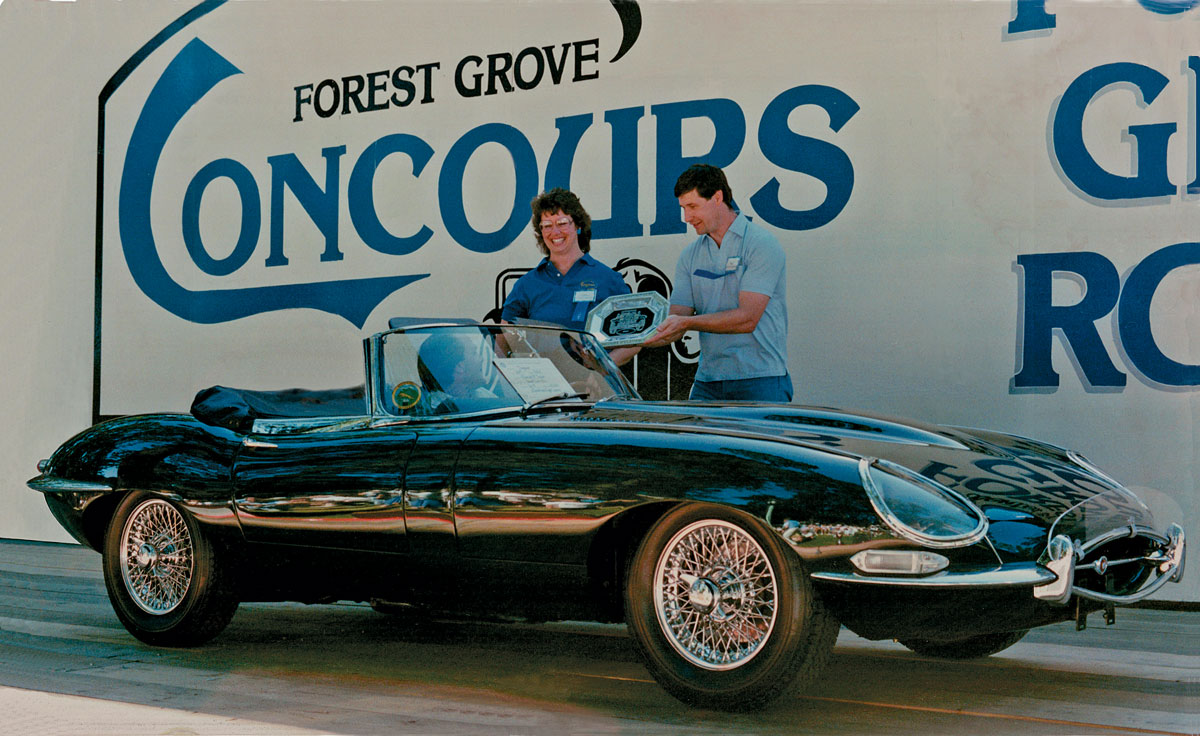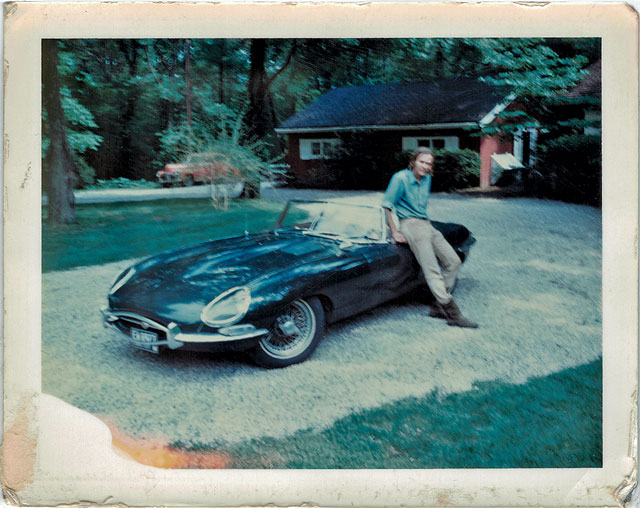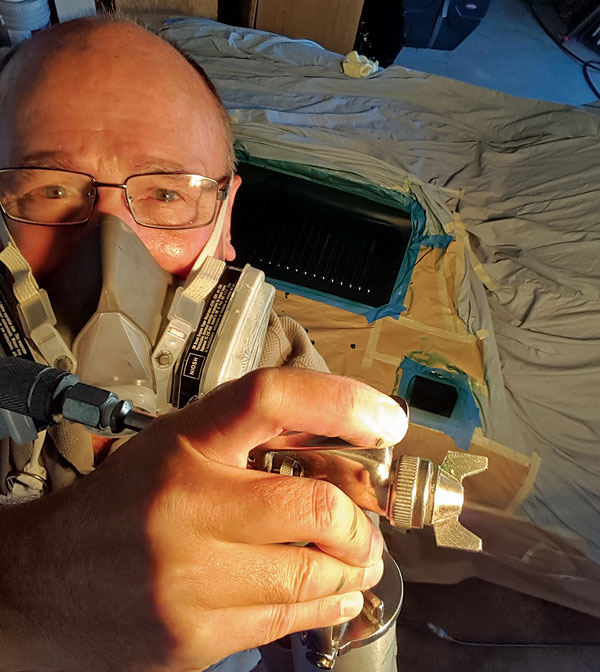
If you’re of the age when new 1960s sports cars were on your bedroom posters, you surely remember Mr. Peabody. A Saturday morning cartoon favorite, this polymath dog and his pet boy, Sherman, used a time-traveling machine called the WABAC to go on entertaining and educational adventures. Because I’m a Baby Boomer, it’s this “technology” that comes to mind when I consider the “what if?” of time travel.
While it’s always an interesting exercise, rather than postulating about preventing JFK’s assassination or imagining seeing the Beatles perform at Shea Stadium, because this is SCM, we’re going to use a time machine to better understand changes in the collector-car market.
As has been discussed numerous times in these pages, a full “rotisserie restoration” is rarely cost-effective. At least for more-common collector cars, it is almost always better to buy a car that has already been “done.” The cost of buying someone else’s completed project varies, but a good rule of thumb is that you’ll end up spending around 50% of the investment.
However, there was a time when restoration was cost-effective. I know, because I kept every receipt for my early 1967 Jaguar E-type roadster from 1971 to date. My analysis shows that restoring the car brought a huge payback.
First stop: 1971
When I was 18, my dad and I searched the car ads every Sunday. We passed on overpriced $3,500 trade-ins at the local Jaguar dealership and bought our E-type from its second owner for $3,000. Then, we drove it into rolling rubble after four years of deferred maintenance. With no buyers, we put it on blocks.
That’s where it sat for a decade. In January 1985, I delivered my “barn find” to a hungry restoration shop. Just like today, shops were happy to put your cash in a car that had no chance of exceeding your investment.
At that time, however, there were some notable differences. I was able to negotiate the prices of New Old Stock parts from multiple sources; not so anymore, as NOS stuff has become extremely rare. You could also bargain for labor, simply because there was no upside to restoring a 1960s sports car in 1985. (So-called “experts” told me that my car would “never be worth more than $20,000.”) This presented a window of opportunity that enabled me to perform a rotisserie restoration on my car by a pro shop and, eventually, come out ahead.
The desirability factor
The thing I had going for me, without really understanding it at the time, was that my car would grow to be incredibly desirable. Although literally nobody else wanted my car when it was parked, today’s value is about double my total cost, adjusted for inflation.
All-in, after my three-year rotisserie restoration, not including the initial price of the car, I had spent $34,382. Adjusted for inflation (using the U.S. Bureau of Labor Statistics’ Consumer Price Index Inflation Calculator), that’s about $86,600 today.
Looking at the value of my “original” car, had it not been restored, is illuminating. The original purchase price of $3,000 is about $20k in today’s money. That’s not even half of the market value for a Series 1 E-type roadster project.
An older restoration in 1- condition similar to my car would sell for roughly $175k retail today. Experts have told me that I could even see upwards of $225k at a physical auction, given my car’s documented provenance and its still “almost new” condition.
What’s more staggering is that E-type restorations now easily exceed $250k, not including the car itself.
Restoration estimate vs. reality
In 1985, my restoration was to take one year and cost no more than $20,000 ($50k in today’s money). Labor was $26 per hour (which would be $66 today). In its second year of working on my car and over budget, my top-tier restoration shop even stopped charging for labor.
To obtain insurance once completed, I had the car appraised, and the value came back at $35,000. In 1986, the car wasn’t yet a first-place concours winner, and, most important, its desirability factor hadn’t yet kicked in. With $37k (including the unadjusted price of my “barn find”) into it, my net loss at the time was about $2k.
Then things went crazy. Before this time, 1960s sports cars were sought after only by weird club fanatics like me. Most were junkyard relics. SCM wasn’t yet a magazine because there wasn’t yet a sports-car market, except for unachievable exotics. However, with a stock market tumble and a mild recession, some boomers started shifting their money to old sports cars and everything changed.
Somewhere back in time
By July 1988, my now fully sorted car had two first-in-class wins in Jaguar Clubs of North America concours. It earned another at the 1988 Forest Grove Concours d’Elegance.
Driving to the winner’s platform, offers poured in. One guy scribbled on his business card, “$125,000 cash now.”
Adjusted for inflation, that’s almost $290k today. Yikes! Maybe I should have sold? But I didn’t, and I’m glad. I’m still the fortunate custodian of this real time machine today. ♦


A quick calculation of the S & P 500 shows that the same $37,000 invested in 1985 would be worth roughly $1,000,000 today. Also remember that Mr. Taylor has had to pay for insurance and storage for the past 36 years. Beautiful XKE though.